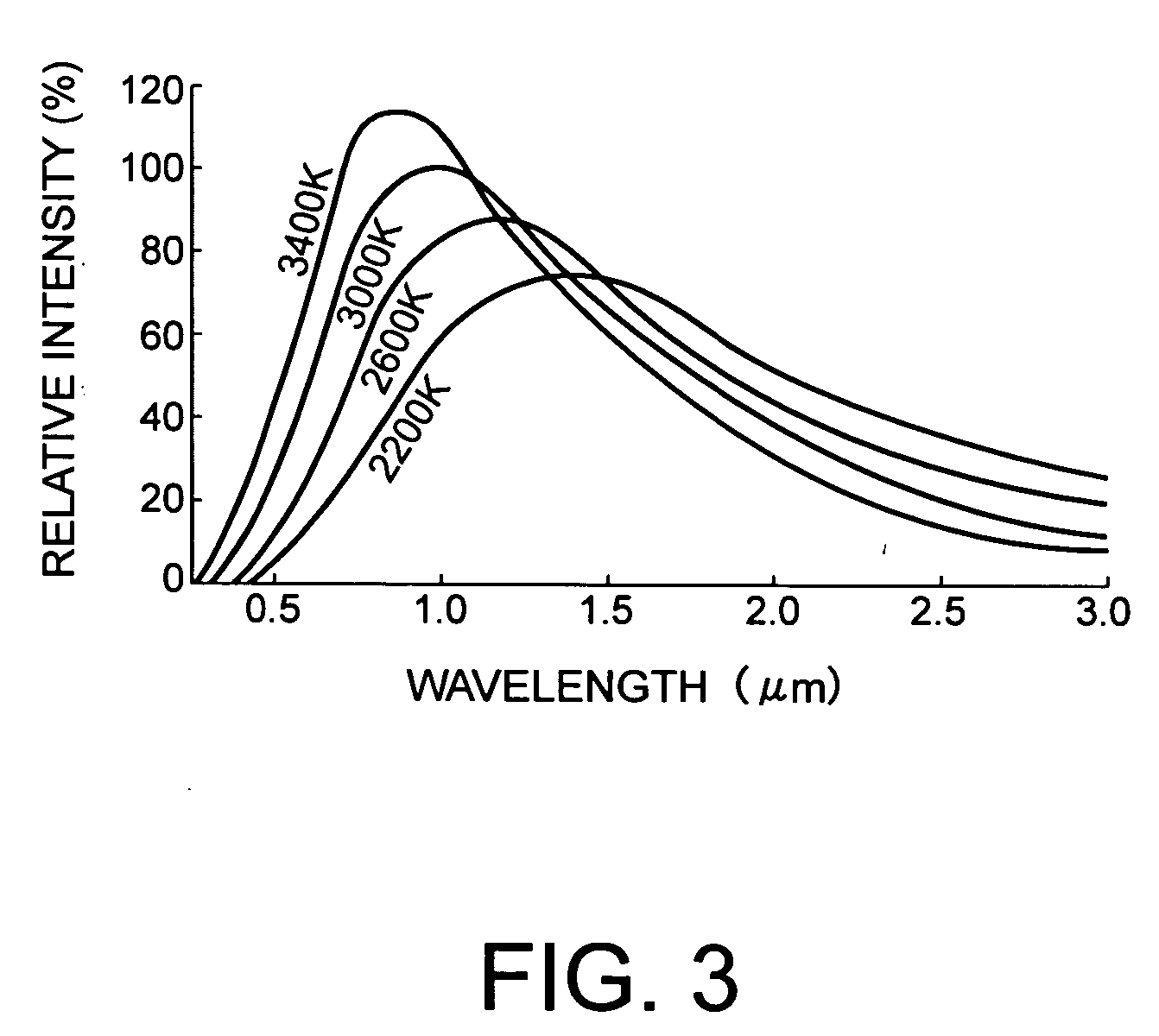Method for manufacturing semiconductor device
a manufacturing method and semiconductor technology, applied in semiconductor devices, chemical vapor deposition coatings, coatings, etc., can solve the problems of lowering the insulating property of the film, high probability of oxygen diffusion in the film, and high interface sta
- Summary
- Abstract
- Description
- Claims
- Application Information
AI Technical Summary
Benefits of technology
Problems solved by technology
Method used
Image
Examples
first embodiment
[0053] A manufacturing method of a semiconductor device according to a first embodiment of the present invention will now be described. A semiconductor device manufactured by using the manufacturing method according to the present embodiment is shown in FIG. 1. This semiconductor device is a flash memory. FIG. 1 shows a sectional view of its memory cell. In this memory cell, a source region 3a and a drain region 3b kept apart are formed on a silicon substrate 1. A tunnel oxide film 5 is formed on the silicon substrate 1 between the source region 3a and the drain region 3b. A floating electrode 7 is formed of polycrystalline silicon with phosphorus added on the tunnel oxide film 5. A lower silicon nitride film 9 is formed on the floating electrode 7. A high-k insulation film 11 is formed of HfSiO on the lower silicon nitride film 9. An upper silicon nitride film 13 is formed on the high-k insulation film 11. A control electrode 15 is formed of polycrystalline silicon with phosphorus ...
second embodiment
[0076] A manufacturing method of a semiconductor device according to a second embodiment of the present invention will now be described. FIG. 5 is a sectional view of a semiconductor device manufactured by using a manufacturing method according to the present embodiment. In this semiconductor device, a high-k gate insulation film 23 is formed on a silicon substrate 21. This semiconductor device is manufactured as hereafter described.
[0077] First, the silicon substrate 21 is subjected to wet cleaning, and contamination and a natural oxide film on the surface are removed. Thereafter, an HfSiO film having a thickness of approximately 5 nm is formed at approximately 600° C. by using the MOCVD method. In addition, the HfSiO film is subjected to exposure to infrared laser light having a wavelength of 8.5 μm and a pulse width of 10 fs in an atmosphere of oxygen under the atmospheric pressure in order to remove impurities and defects contained in the film. The high-k gate insulation film 2...
PUM
| Property | Measurement | Unit |
|---|---|---|
| Temperature | aaaaa | aaaaa |
| Time | aaaaa | aaaaa |
| Length | aaaaa | aaaaa |
Abstract
Description
Claims
Application Information
 Login to View More
Login to View More - R&D
- Intellectual Property
- Life Sciences
- Materials
- Tech Scout
- Unparalleled Data Quality
- Higher Quality Content
- 60% Fewer Hallucinations
Browse by: Latest US Patents, China's latest patents, Technical Efficacy Thesaurus, Application Domain, Technology Topic, Popular Technical Reports.
© 2025 PatSnap. All rights reserved.Legal|Privacy policy|Modern Slavery Act Transparency Statement|Sitemap|About US| Contact US: help@patsnap.com



